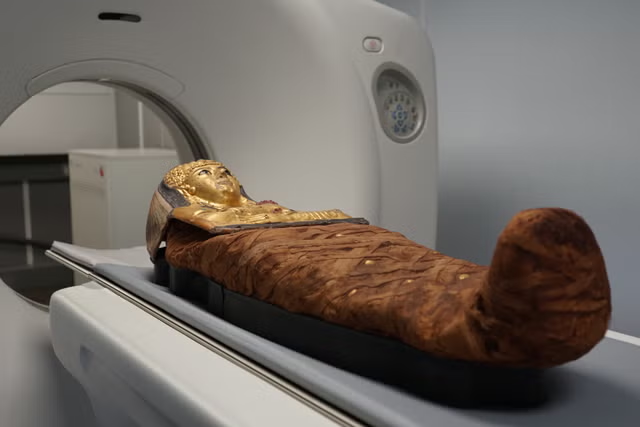SpaceX has had a record-breaking year, launching more rockets into space than ever before.
The Elon Musk-helmed company launched its 105th mission of the year on October 26, sending a fleet of new Starlink satellites into orbit around our planet.
The next SpaceX launch is due on October 30, blasting off even more Starlink satellites into space from the Vandenberg Space Force Base in California, with a second launch scheduled from Cape Canaveral on the same day.
SpaceX aims to achieve 148 launches in 2024, according to Space Explored, beating the 98 launches it performed in 2023.
As of early October 29, the company had launched 105 missions, including 101 Falcon 9 launches, two Falcon Heavy launches, and two Starship launches. By October 30, following its next two launches, this number will have increased to 107.
SpaceX plans to launch around 40 more missions before the end of 2024. However, with only two months left in the year, they may not achieve this goal.
Where does SpaceX launch from?
SpaceX launches primarily from the Kennedy Space Center (KSC) and Cape Canaveral Space Force Station on Florida's Space Coast, as well as the Vandenberg Space Force Base in California, and occasionally SpaceX's Starbase in Boca Chica, Texas.
The October 26 launch was the 73rd launch from the Florida Space Coast this year so far.
"On Saturday, October 26 at 5:47 p.m. ET, Falcon 9 launched 22 Starlink satellites to low-Earth orbit from Space Launch Complex 40 (SLC-40) at Cape Canaveral Space Force Station in Florida," SpaceX said on their website.
When is the next Space X launch?
The first October 30 launch is due to occur at around 4 a.m. local time, also sending Starlink satellites into orbit around the planet.
"SpaceX is targeting Wednesday, October 30 for a Falcon 9 launch of 20 Starlink satellites, including 13 with Direct to Cell capabilities, to low-Earth orbit from Space Launch Complex 4 East (SLC-4E) at Vandenberg Space Force Base in California. Liftoff is targeted for 4:07 a.m. PT, with backup opportunities available until 4:21 a.m. PT," SpaceX said.
"This is the 14th flight for the first stage booster supporting this mission, which previously launched SDA-0A, Transporter-11, SARah-2, and 10 Starlink missions. Following stage separation, the first stage will land on the Of Course I Still Love You droneship, which will be stationed in the Pacific Ocean."
The second is scheduled between 5:10 and 9:40 p.m. EDT, according to Florida Today.
After these launches, the next SpaceX mission will be a resupply mission to the International Space Station, expected to blast off from the Kennedy Space Center on November 4 or 5.
SpaceX also was involved in the launch of NASA's Europa Clipper mission on October 14, which is planned to investigate Jupiter's moon Europa for signs of life.
"On Monday, October 14 at 12:06 p.m. ET Falcon Heavy launched NASA's Europa Clipper mission from Launch Complex 39A (LC-39A) at NASA's Kennedy Space Center in Florida," SpaceX said.
"Europa Clipper will make nearly 50 flybys of Jupiter's icy moon Europa, surveying for conditions suitable to support life. Scientists predict a salty ocean lies beneath Europa's icy surface which has more water than Earth's oceans combined. It will take five years to reach Europa, with an anticipated arrival in 2030."
Do you have a tip on a science story that Newsweek should be covering? Do you have a question about SpaceX? Let us know via science@newsweek.com.
Disclaimer: The copyright of this article belongs to the original author. Reposting this article is solely for the purpose of information dissemination and does not constitute any investment advice. If there is any infringement, please contact us immediately. We will make corrections or deletions as necessary. Thank you.



